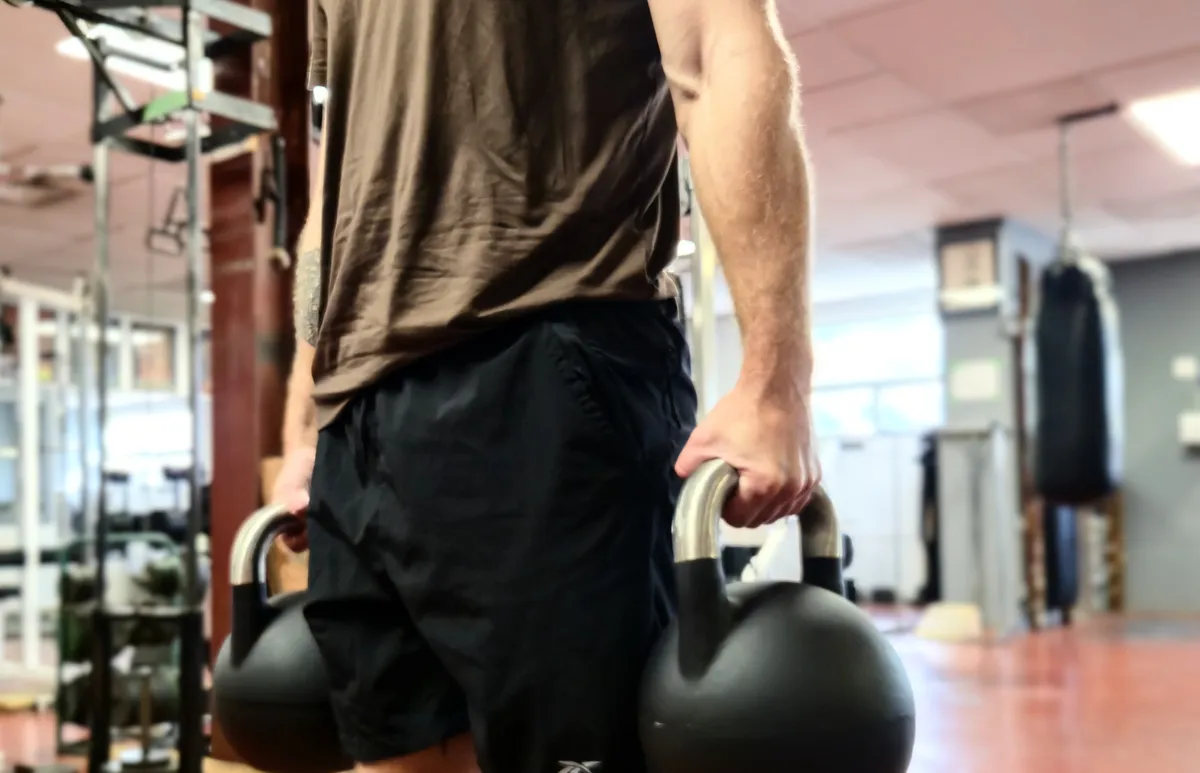All Training is Core Training

I think it's hard to deny the importance of having a strong core
Being able to summon strength from your core will lead to more capability and freedom in your movement, both in the gym and in every day life
In my view, the core is the engine through which all quality movement is executed, and if you have any sort of goals that require your body to be functional - maybe a hiking trip or playing any sort of sport - having a strong core is basically a necessity.
In life, lifting or carrying any sort of load - like groceries or moving furniture - forces your core to work to protect your spinal stability and to keep you upright.
The good news is that any sort of resistance training IS core training. A barbell deadlift or kettlebell swing both engage the muscles of your trunk to stabilize your spine. Same goes for any loaded squat. If bench pressing is your thing, knowing how to properly engage your core will help you to direct energy to your pecs, shoulders, and triceps. Any sort of single leg movement like a split squat or single leg romanian deadlift force the core to work overtime to ensure you don't fall forward and compromise form.
So try this:
stand up or sit up straight, and place one hand on your chest and your other hand on your abdomen. I want you to breathe into your diaphragm to expand your belly while attempting to eliminate any expansion of the rib cage. This means that you should feel your belly puff out, while the area around your lungs stays relatively unmoved. Your belly doesn’t need to puff out too much, we are just looking to create a bit of space. This can be challenging if you’ve never done it before, and may take a few attempts.
Once you’ve effectively breathed into your diaphragm, flex your abdominal muscles – not just the ‘abs,’ but the muscles at the side of your trunk and your low back as well, and try to maintain this activation while you continue to breathe in and out from your diaphragm.
That’s it! The tricky part is often maintaining this activation while performing other complex movements, and can take a bit of time to learn, but it is this bracing technique that has allowed me to help quite a few people to be able to perform heavier compound lifts without any excess low back activation or pain. It is worth it’s weight in gold.
The next time you're confronted with having to pick up a heavy object, try this bracing technique. When done correctly, everything falls into place, and things feel "right."
Side Note - I should say that the above technique is about generating stiffness, and is all about restricting excess movement or the spine. There are other movements for which this sort of things is counter-intuitive. Something like a Jefferson curl or a loaded side bend require free movement of the spine, and cannot necessarily be paired with the above bracing technique.